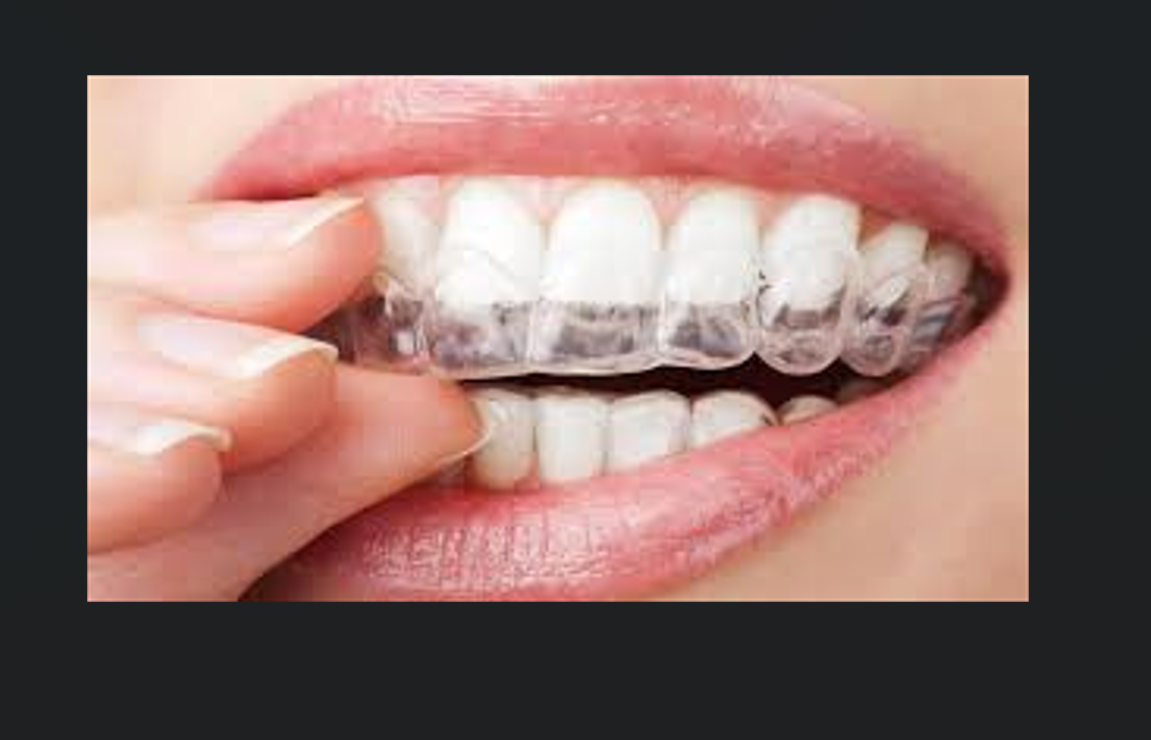Invisible braces have revolutionized orthodontic treatment, offering a discreet and effective way to achieve a beautiful smile. Unlike traditional metal braces, invisible braces are virtually undetectable, making them a popular choice among both teens and adults. Here’s what you need to know about orthodontist invisible braces.
What Are Invisible Braces?
Invisible braces, also known as clear aligners, are a modern alternative to traditional metal braces. They consist of a series of custom-made, clear plastic trays that fit snugly over your teeth. These trays gradually shift your teeth into their correct positions over time.
How Do Invisible Braces Work?
-
Initial Consultation: The process begins with a consultation with an orthodontist who specializes in invisible braces. During this visit, the orthodontist will evaluate your dental health and determine if you are a suitable candidate for invisible braces.
-
Custom Treatment Plan: If you are a candidate, the orthodontist will take digital impressions of your teeth using 3D imaging technology. These impressions are used to create a customized treatment plan, detailing the movement of your teeth at each stage of the process.
-
Aligner Fabrication: Based on the treatment plan, a series of clear aligners are fabricated. Each aligner is designed to be worn for about two weeks before progressing to the next one in the series.
-
Wearing the Aligners: Patients must wear the aligners for 20-22 hours per day, removing them only for eating, drinking (anything other than water), brushing, and flossing.
-
Regular Check-Ups: Throughout the treatment, you will have regular check-ups with your orthodontist to monitor progress and make any necessary adjustments.
-
Completion and Retention: Once the treatment is complete, the patient may need to wear a retainer to maintain the new position of their teeth.

Benefits of Invisible Braces
-
Discreet Appearance: The primary advantage of invisible braces is their discreet appearance. The clear aligners are barely noticeable, making them an attractive option for those who are self-conscious about wearing traditional braces.
-
Comfort: Invisible braces are made of smooth plastic, reducing the likelihood of irritation to the cheeks and gums that can occur with metal braces.
-
Convenience: The aligners are removable, allowing you to eat and drink without restrictions. This also makes brushing and flossing easier, promoting better oral hygiene during treatment.
-
Predictable Results: The use of advanced 3D imaging technology allows for precise treatment planning, leading to more predictable and effective results.
-
Fewer Orthodontist Visits: Patients with invisible braces typically require fewer in-office visits compared to those with traditional braces, as there are no wires to tighten or brackets to adjust.
Who Can Benefit from Invisible Braces?
Invisible braces are suitable for treating a variety of dental issues, including:
- Crowded Teeth: When there is not enough space in the jaw for all the teeth to fit properly.
- Spacing Issues: Gaps or spaces between teeth.
- Overbite: When the upper front teeth overlap the lower front teeth too much.
- Underbite: When the lower front teeth are positioned in front of the upper front teeth.
- Crossbite: When some upper teeth close inside the lower teeth rather than outside.
- Open Bite: When the upper and lower teeth do not touch when the mouth is closed.
Considerations and Limitations
-
Discipline Required: Success with invisible braces depends on the patient’s discipline in wearing the aligners for the required 20-22 hours per day.
-
Not for Everyone: Invisible braces may not be suitable for severe orthodontic cases or for younger children whose teeth are still developing. Your orthodontist will determine if invisible braces are appropriate for your specific needs.
-
Cost: Invisible braces can be more expensive than traditional braces. However, many orthodontists offer payment plans, and insurance may cover part of the cost.
-
Potential Discomfort: While generally more comfortable than metal braces, there may be some discomfort or pressure when switching to a new aligner. This is a normal part of the tooth movement process.












